Electric Cars: The Short Story and Future of Electric Vehicles
It is a fact that electric cars have been in our lives for a long time, but in the last two-three years there have been incredible increases in sales and production of electric cars. In addition to the spreading of the environmentalist perspective day by day and the voice of wider masses, the factors that will seriously affect human life such as global warming and the decrease of fossil fuels have been the biggest supporters of electric cars in the search for new technology.
As a result of the demand created by this supply, large car manufacturers started to explain their future plans to develop and spread electric cars one by one in 2020. In this article, the pros and cons of the development journey of electric cars from past to present are analyzed and a brand and country based broad analysis of today’s Electric car market is made.
Electric cars from the past to the present
The history of “electric cars“, which are becoming widespread today, is actually older than that of internal combustion engine cars. The first Electric Vehicle (EA) model was developed by Professor Straitingh in the Netherlands in 1835. In the 1890s, companies in Europe and America produced and sold electric cars. Even in the early 1900s, the number of electric cars in America was more than the number of gasoline cars.

Therefore, the idea of increasing range emerged. And the idea of combining the electric motor with the gasoline engine emerged, so the first electric hybrid structure was tried. However, interest in electric cars decreased due to reasons such as decreasing gasoline prices in 1920-1960, finding Charles Kettering’s starter engine, increasing the need for long-range cars with the improvement of the roads in America, starting Henry Mass production of internal combustion engine cars, and decreasing vehicle costs.
Vehicles with IYM (Internal Combustion Engine) have been the focus of attention worldwide. Automotive companies started mass production of IYM cars and this event eliminated electric cars in the 1930s. When we arrived in 1960, the importance of electric cars was put forward to prevent air pollution caused by IYMs. With the oil crisis in countries like America, England, France, electric cars were accelerated.
In the 1980s, because of the environmental friendliness of electric cars, governments started to give economic incentives to these cars. As the 2000s approached, the first mass-produced electric hybrid vehicle called the Toyota Prius emerged. Concerns about rising gas prices and carbon pollution have made Prius the most sold hybrid in recent years.
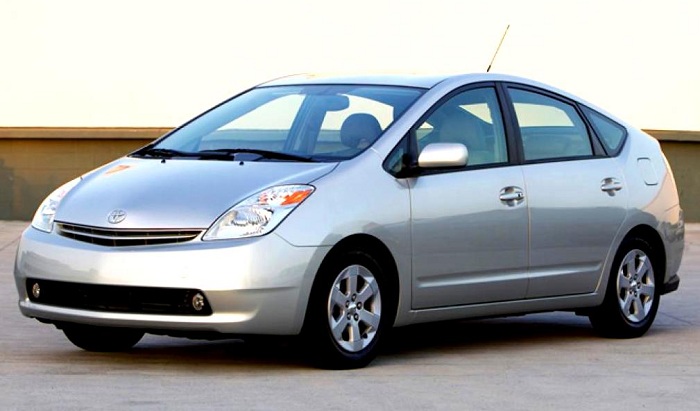
Another event that was effective in bringing electric cars to such an agenda was that Tesla Motors announced that it would produce a luxury electric car that could travel more than 330 km on a single charge. In 2008, Tesla Motors presented Tesla Roadster to the customer for the first time. This success of Tesla encouraged other car companies in this regard.
In 2010, the electric hybrid car Chevy Volt and the all-electric Nissan LEAF were launched. The Russian Federation, which has a significant share of oil reserves in the world, made an important decision in 2015 for the spread of electric cars and forced to install electric car chargers at all gas stations.
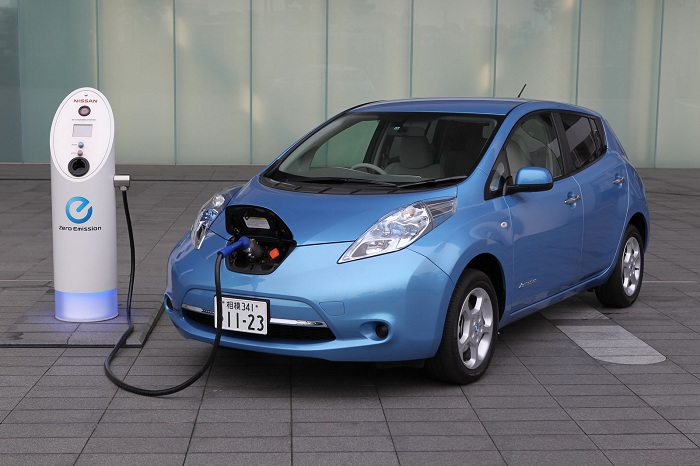
The same year, China’s electric hybrid car and electric vehicle sales reached 200 thousand in total and imported electric cars from China Yogomo, Fulda, low-budget as Jmstar convertible and Omnia electric cars began to see interest from users. In addition, new battery technologies have been developed, increasing the power, energy, and performance of cars and reducing their costs.
Today, rising gas prices, environmental pollution caused by oil and developing technology are important factors for the spread of electric vehicles. At the same time, consumers had more options when they wanted to buy electric vehicles. As you can see, the history of electric vehicles is actually quite old. This time, however, it seems determined to remain on the market.
ELECTRIC VEHICLES
Electric vehicles can be grouped under three headings:
- full-electric vehicles
- electric hybrid vehicles
- fuel cell electric vehicles
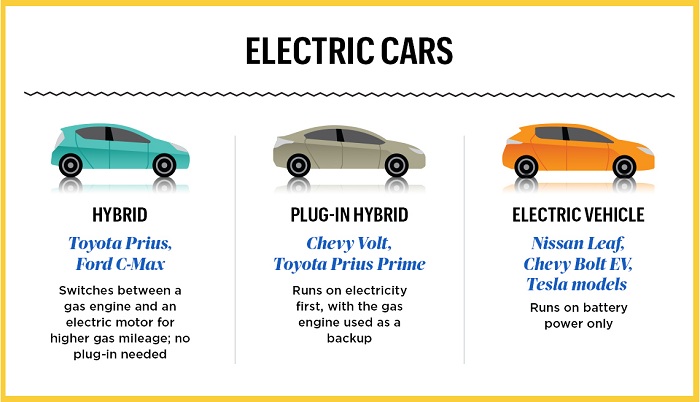
Full-electric vehicles: They use electric motors only. In order for the batteries to be fed and charged, the electric motor in the vehicle is used as a generator, it feeds the batteries with the electrical energy it produces. Compared to vehicles with IYM, the fuel cost is very low and maintenance costs are low.
Since fully electric vehicles do not produce any harmful gases, these vehicles are called “zero-emission vehicles”. However, reasons such as high production costs and consequently high sales prices, short-range and long charging time are an obstacle to the spread of the electric vehicle.
For this reason, electric hybrid vehicles attract more attention by users because both electric motors and internal combustion engines coexist in these types of vehicles. If the vehicle is discharged, it can be continued with an internal combustion engine.
Fuel-powered electric vehicles, on the other hand, benefit from the reaction of hydrogen and oxygen. They do not require long-term charging, such as the battery of fully electric vehicles, but instead produce energy. However, at this point, we face the problem of carrying hydrogen.
Electric car charging
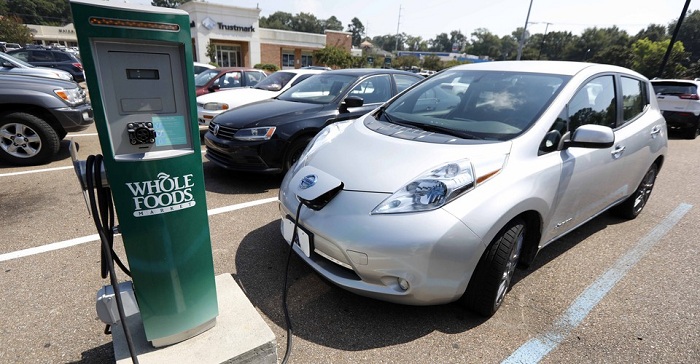
After the electric vehicle types, we can now refer to the charging types. First of all, you can charge your car with normal or fast charging methods. The type that we call normal charging supports up to 22 kW and the charging time is on average 3 hours.
Fast charging is usually developed to charge your car faster in public places. The power of the fast-charging stations varies between 50 kW and 120 kW, while the time drops to half an hour.
The other method is the wireless charging method, which is a new and studied method. In this method, a magnetic path called inductive charging is used. Briefly, electricity is transferred from a coil in the charger to the coil inside the vehicle. For this, it is sufficient for the vehicle to stand on the charger.
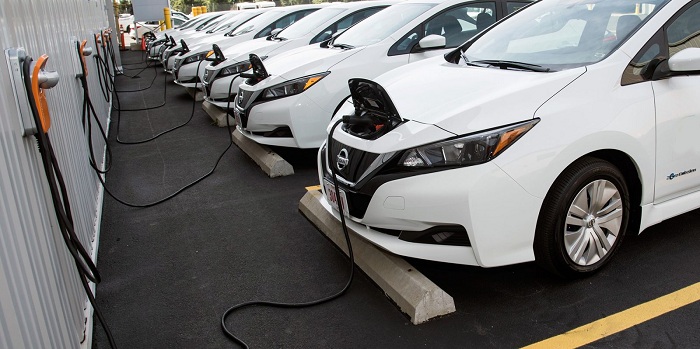
BMW announced they will begin selling wireless charging capsules for the 530e iPerformance hybrid by the end of 2018.
Another method is the battery replacement method called “QuickDrop”. In this method, the identification information to be given by the system is checked first at the battery exchange station and the bottom of the vehicle is cleaned and passed through the drying process.
The automation-controlled hydraulic system removes the discharged battery in the vehicle and mounts the other recharged battery that is already on hold to the vehicle. The discharged battery downloaded from the vehicle is passed through the system to the refrigerated charging unit. The discharged battery is fully charged in 30 minutes with an energy of 50 kW, which is fed 3 extra.
However, there is a constant need for batteries at the battery exchange stations. Therefore, the battery should be produced to be more than the number of vehicles. In this case, the cost will increase considerably and it will be reflected to the vehicle prices as a plus cost.
In addition, there is the V2G (vehicle to grid) concept developed. You can think of V2G technology as two-way charging stations. At these stations, the battery of the vehicle can be both charged and discharged. In this concept, when the excess energy in the vehicle is not used, it is returned to the network and provides the supply-demand balance of the network and makes the system flexible.
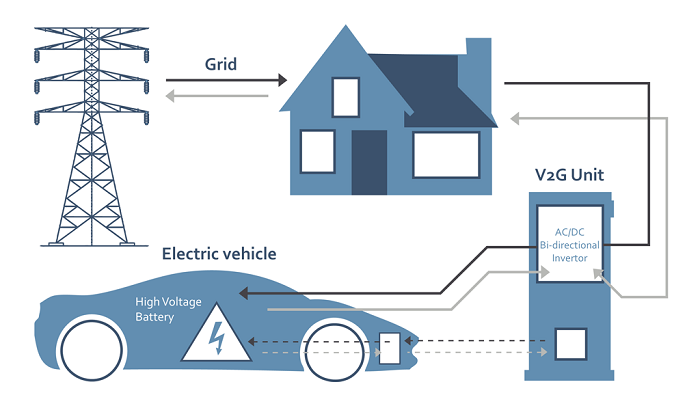
Mitsubishi OUTLANDER PHEV is the first car to balance the electricity grid in the Netherlands using V2G technology.
Advantages (pros and cons) of electric cars
The inevitable taking action on global warming, which is the most observable consequence of increased greenhouse gas emissions and environmental pollution, is now the main reason for our orientation towards electric vehicles and even at some point in need.
These vehicles, which are powered by electricity that can be obtained from sustainable sources instead of fossil fuels, are a hopeful development for humanity against global warming with zero emissions. It is an indisputable fact that these vehicles, which are quite silent in reducing the CO2 emissions as well as reducing the noise pollution that the residents of big cities are very familiar with.
On the other hand, the fact that lithium used in batteries is a limited element in nature and the batteries of electric vehicles have a certain lifetime raises questions about sustainability and environmentalism. However, the development of recycling technology along with the life of the batteries can be considered as a way out to this problem.
The most obvious disadvantages of electric cars are:
- the high cost of first-time vehicles
- insufficient charging station infrastructure
- short range
- the weight of the batteries
Although many countries try to support electric cars, they are mostly more expensive or sometimes even sold at the same price as other internal combustion-engined cars. In addition, electric car owners’ concerns about the life of the battery are an obstacle to the spread of vehicles. The short-range of electric cars pose a serious problem, especially when it comes to intercity use.
Under today’s conditions, charging times are very long and the number of charging stations is insufficient. The accessories preferred for comforts such as air conditioning and radio in the vehicle cause the vehicle’s battery to run out fast because it gets its energy from the battery.
In addition, you must carry the charging equipment with you. Due to this problem, the concept of fast charging has emerged. With the existing lithium-ion battery technology, fast charging time is reduced to 30 minutes. Tesla has taken a big step in the lack of charging stations.
However, the increasing number of electric vehicle charging stations may require distribution companies to improve their infrastructure.
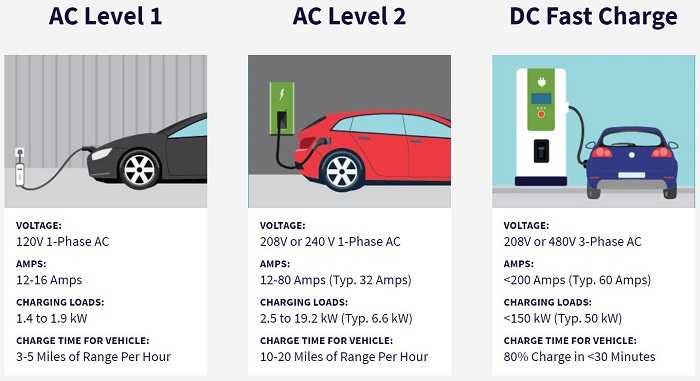
The other problem is that the batteries are heavy. Solid-state batteries, which is a new technology, appear as an alternative. These batteries are smaller in volume, lighter, higher capacity and cheaper. While existing lithium-ion batteries can cause serious fires in the event of an accident, solid-state batteries turn off the system in the event of an accident and reduce the risk of fire. An electric car with a solid-state battery can travel at a longer range with a smaller, cheaper battery by removing all cooling elements.
Electric Car Market
Electric Car Brands and Future Goals
Undoubtedly, when it comes to electric cars, the biggest challenge in the market is how long distance can be driven with a tank charge. Although Tesla represents the top in this regard, compared to its competitors, the ever-evolving charging and storage technology fuels the ambition of other brands in the summit race.
Despite these two ongoing problems, Frost & Sullivan’s research company published the report “Global Electric Car Market Outlook 2018”, which indicates that the sales of electric cars rose from 1.2 million in 2017 to 1.6 million in the first quarter of 2018.
In addition to the developing technology in increasing sales figures, the importance of incentive mechanisms put into practice by countries is undeniable. Within the same report, it is foreseen that sales figures approach 2 million in 2019 with more than 168 models sold worldwide.
On the other hand, Porsche stated that half of the cars produced by 2023 aimed to be electric cars, and it aims to contribute to electric vehicle and clean energy technology with the Mission E series, market leader Tesla rather than competition.
In line with this purpose, the company, which launched ‘Porsche Charging Services‘ in Northern Europe, provides users with the nearest charging station and a mobile application that shows the availability of the station.
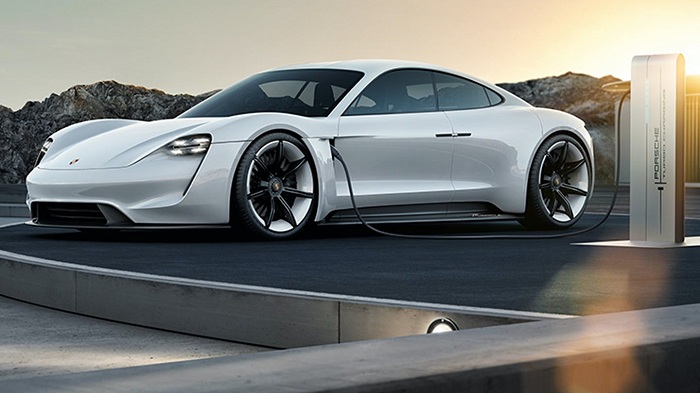
Jaguar Land Rover, another luxury vehicle manufacturer, announced that it will renew its entire production by 2020 with a full range of electric and hybrid cars.
Car companies such as General Motors, Toyota, Renault Nissan & Mitsubishi, which produce more economical cars, have already put more than 10 electric cars in their product catalogs, and by 2022 companies are targeting over 1 million sales.
If we look at the market on a country basis, despite the dominant attitude of Tesla, which is the US brand, is the biggest shareholder country in the Chinese electric vehicle market with a market share of 50%. The most important reason for this situation is that China not only has a serious share in production but also supports electric cars with environmentalist and pro-electric vehicle policies. China is not the only country to support electric cars with government policies.
European countries already set an example to the countries of the world with their environmentalist orientation and sustainability-based policies. Unfortunately, the sales of electric cars did not reach the desired numbers until 2013 in the region that hosted world automotive giants such as Volkswagen, Fiat, BMW and Daimler AG (Mercedes).
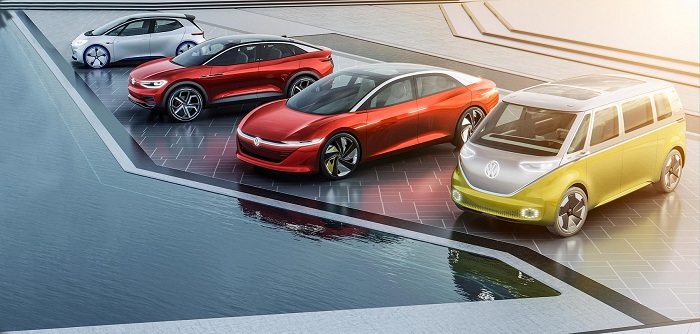
Until 2013, a group of European countries, including Belgium, Germany, Finland, and France, brought credit and tax reductions in purchasing electric vehicles to promote electric vehicles. However, the laws and incentives passed did not have the desired effect. One of the main reasons for this was undoubtedly the lack of sufficient charging stations.
In order to break the fear of being on the road with the electric vehicle in the community, France and Albania primarily targeted the public prejudices by opening the public transportation vehicles to the public in addition to the police and fleet of government vehicles.
Finland, another European country, has invested in technology institutes working in the field of sustainable energy in order to pave the way for technological development and aimed to invest in Finland in this field not only for consumers but also for investors.
As of 2018, there are only five countries in Europe that do not encourage the use of electric vehicles (but also have the lowest rate of electric vehicle use); Croatia, Malta, Estonia, Lithuania, and Hungary.
Future of Electric Cars
In line with all this information, we can say that technological researches for the development of electric vehicles and incentives for its dissemination continue. The world is rapidly working towards having electric vehicles on all roads. To create the necessary infrastructures for this and to meet the increasing electricity need, it is vital to use the new generation energy sources (eg biomass) more efficiently besides the conventional renewable energy sources.
For now, although it seems that there are disadvantages of owning an electric car but these disadvantages will disappear in the coming years, and it seems that it will replace cars using existing internal combustion engines.
“Competition between electric cars and fossil fuel cars will be a war that ends wars“
